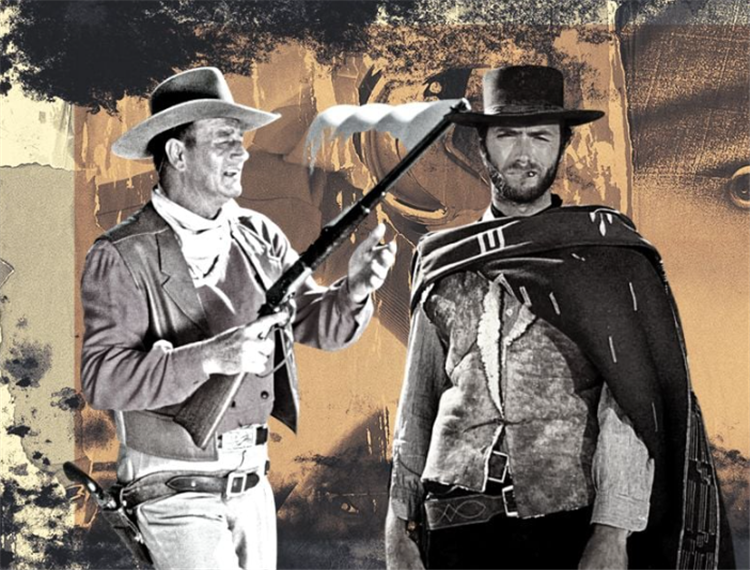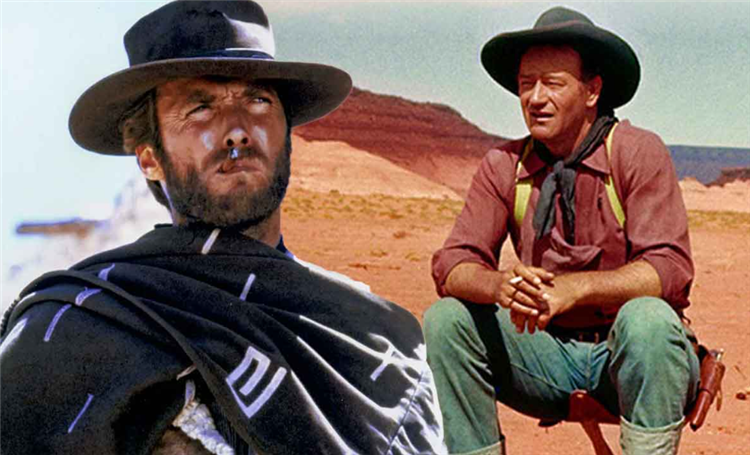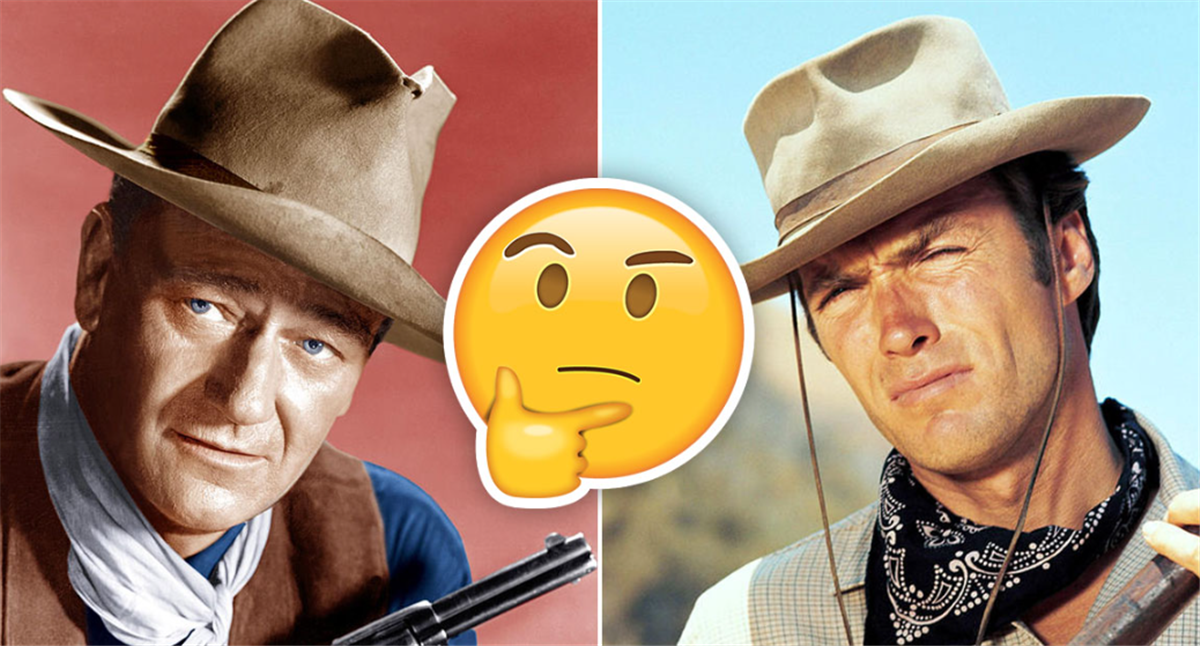For western genre enthusiasts, Clint Eastwood is an almost untouchable icon. Loved and revered by anyone who has held a toothpick in their mouth without any intent to pick their teeth, there is perhaps only a handful of Hollywood heroes who can stand nose to nose with the legend. Indeed, one of the few actors who can hold a flame to the titan of cinema’s most patriotic genre is the great John Wayne, who arguably surpassed Eastwood’s legacy, causing a fierce rivalry between the pair in the process.
Rising to stardom in the 1960s thanks to the rise of his ‘Man with No Name’ who dominated Sergio Leone’s Dollars trilogy, by the time the following decade rolled around, Eastwood was a household name. His stardom didn’t grind to a halt either, with the releases of such greats as Kelly’s Heroes, The Beguiled and Dirty Harry, Eastwood quickly became Hollywood’s most prized asset.
It was during this same period, however, that Eastwood would alter the course of his career, choosing to appear both in front of and behind the camera as he became a celebrated director who was highly sought after by actors. After Play Misty for Me, he took on the classic 1973 film High Plains Drifter, a film that was celebrated across the world yet absolutely hated by John Wayne. As an iconic figure in the western genre, it was a clear moment of Wayne punching down the ladder and trying to disrupt a young artist making their way in Tinseltown.

Just Eastwood’s second directorial effort, High Plains Drifter was released at the very height of the actor’s popularity, merely two years after the crime thriller Dirty Harry had cemented his position in pop culture. A critical darling, High Plains Drifter tells the story of a mysterious stranger who is persuaded by a town to defend them against a vicious trio of crooks, showing just how much the figure of Eastwood is respected out in the wild west.
Eastwood revealed in his book, Ride, Boldly Ride: The Evolution of the American Western, however, that the film displeased one particularly loud cowboy. Wayne sent a vicious letter to the star, as Eastwood revealed, “He [Wayne] said it wasn’t really about the people who pioneered the west. I realised that there’s two different generations, and he wouldn’t understand what I was doing”.
To clarify the intentions behind making the film, Eastwood responded, “High Plains Drifter was meant to be a fable. It wasn’t meant to show the hours of pioneering drudgery. It wasn’t supposed to be anything about settling the West.”

The film revolves around Eastwood, alongside a supporting cast of Verna Bloom, Marianna Hill and Mitchell Ryan, as a gun-slinging drifter who rides into Lago and is met with great resistance. However, the people recognise his talent with the pistol and enlist his help to fight against a band of hooligans who have been plaguing the town. The drifter agrees but with a hidden agenda of his own.
In comparison, Wayne’s films were vastly different from the film in question. High Plains Drifter is darker and more violent than Wayne’s usual films, which essentially ride on nursery rhyme tropes of good vs. evil. Wayne’s characters relied on the very essence of their goodness to displace their enemies, often never needing guns to scare people due to his intimidating presence. Eastwood’s characters are mysterious and do not speak much; they are more violent and drenched in the intoxicating cinematic appeal of adventure.
Clearly not a lover of reflecting the horrors of war and violence to the audience, Wayne once expressed in regards to gory action flicks, “They seem to forget the one basic principle of our business—illusion…We’re in the business of magic. I don’t think it hurts a child to see anything that has the illusion of violence in it. All our fairy tales have some kind of violence—the good knight riding to kill the dragon, etc. Why do we have to show the knight spreading the serpent’s guts all over the candy mountain?”.
It’s easy to see how, as time passed, the two men would see each other in different creative realms. As Eastwood began to find his directorial niche and step behind the camera for some of his greatest movies, Wayne would lean on his cowboy image and add a comparatively bloated end of his career to the resume. This disagreement alone sees the artistic differences between them.
